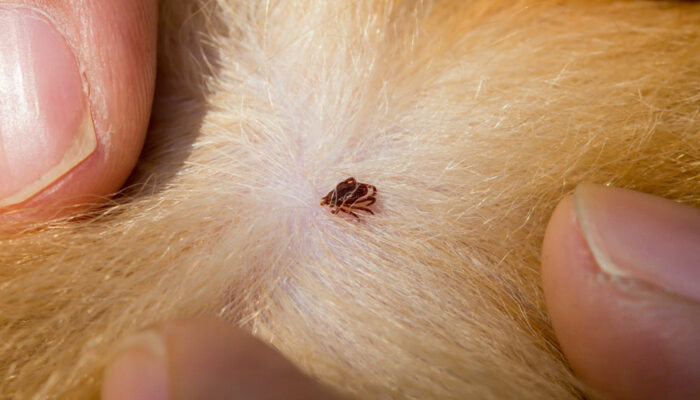
Stages and Symptoms of Spinal Muscular Atrophy
Spinal muscular atrophy (SMA) is a genetic disorder that causes weakness and dissipation of muscles. It is a common genetic disorder, affecting one in every 6,000 to 10,000 babies worldwide and is rarely found in adults. Doctors believe that the inadequate production of protein in the body causes this condition. Here are the stages and symptoms of spinal muscular atrophy.
Type 0 SMA
Type 0 SMA occurs in the womb, even before the child is born. Poor fetal movement, inability to breathe, move or swallow, severe weakness, and joint deformities are some of the symptoms of this type of SMA. Infants suffering from this type do not develop proper motor skills.
Type 1 SMA
This type is also known as Werdnig-Hoffmann Disease or infantile-onset spinal muscular atrophy. It is the most common and also considered as the most severe type of SMA. The symptoms can be clearly seen at birth or in the first six months. Children suffering from this type of SMA are unable to sit or stand.
Symptoms of Type 1 SMA are reduced muscle tone, limited ability to move, lack of reflexes, tremors, respiratory infections, and difficulty in sucking, swallowing, and breathing. Some children also have scoliosis and other skeletal issues. Children suffering from type 1 SMA don’t survive for more than 2 years.
Type 2 SMA
Similar to type 1 SMA, type 2 is very common and the symptoms are evident in children between 6 to 18 months. It is also known as Dubowitz disease or intermediate SMA. Children suffering from this type of SMA may be able to sit without support. But they cannot stand or walk without assistance, as the disease affects the limbs. Respiratory infections and difficulty in breathing are other symptoms.
Type 3 SMA
Type 3 SMA is also known as Kugelberg-Welander or Juvenile spinal muscular atrophy. Symptoms can be seen in children from the age of 18 months to 17 years. Children suffering from this type of SMA can stand and walk but have difficulty climbing steps, getting up after they sit, an abnormal walk, and tremors of the fingers. In some cases, scoliosis, and shortening of muscles around joints are also found. Individuals with type 3 SMA also suffer from respiratory infections.
Type 4 SMA
Of all the stages and symptoms of spinal muscular atrophy, Type 4 SMA is very rare and occurs in adults. Symptoms show up in individuals in the age group of 20 years to 30 years. Patients suffering from type 4 SMA can sit, stand, and walk but experience muscle weakness and other SMA symptoms.
The abovementioned types will help you to understand the stages and symptoms of spinal muscular atrophy better. Knowing the different stages and symptoms of spinal muscular atrophy, you can consult a doctor and seek help for the right treatment.



